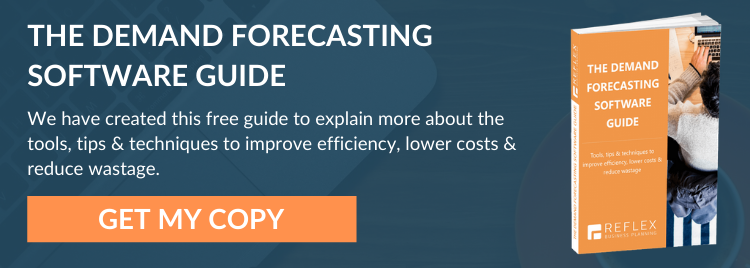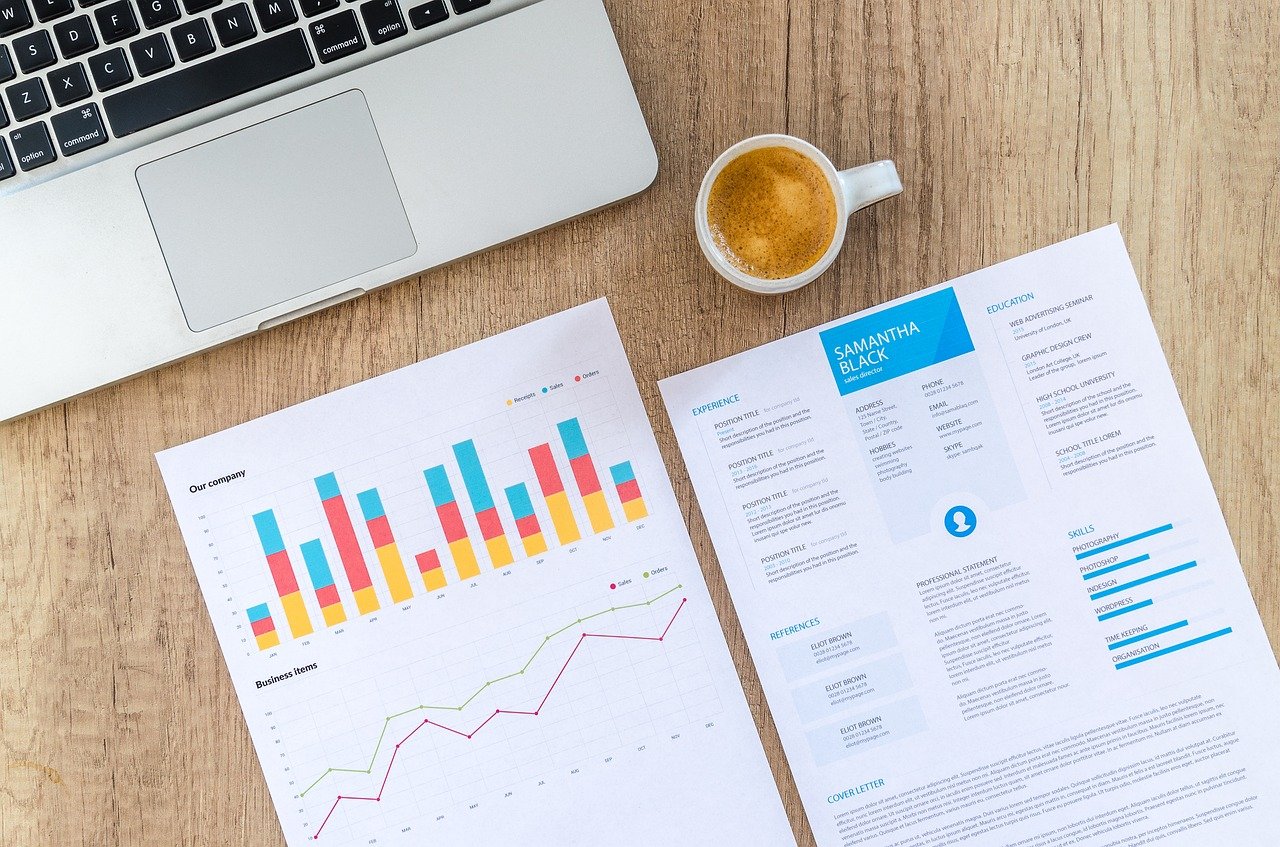Accurate demand forecasts are invaluable for efficient sales, marketing, and distribution strategies. Reliable predictions of future customer behaviour allow you to manage production capacity, supply chains and human resources without waste. Customers also benefit from adequate availability of their desired products. What’s more, accurate forecasts can optimise budgets by giving greater foresight for spending plans.
Nobody can see directly into the future. However, advanced analytics, as well as real-time monitoring of sales data, stock movements and marketing initiatives, can provide excellent insights into upcoming customer trends. Accurate forecasting can be broken into the following seven key steps:

1) Decide Forecasting Goals
Any analysis needs to be driven by a defined set of business goals or purposes. Data can be very diverse. Deciding what the forecast is for helps to determine what constitutes relevant and irrelevant data.
2) Choose A Timeframe
A forecast’s horizon affects its accuracy and scope. A short-term analysis of three months or less will be heavily data driven, with high accuracy – which is good to benchmark against longer term forecasts. Medium- and longer-term forecasts, on the other hand, may cover many years, but be more general in their figures and less precise in predictive value. The longer the period, the harder it is to predict with accuracy, so long-term forecasts are typically used to map general trends rather than specific production schedules.
3) Select Forecast Objects
Again, this is important to limit data. What range of products are relevant to the forecast? What type of customers and what kinds of behaviours or decisions? The wider the scope of the demand forecast, the more general the predictions. However, for very narrow targets, sufficient data may not be available.
4) Choose Your Data Collection And Analysis Methods
There are several established analytical methods in forecasting. For example, the “jury of executive opinion” approach collates data from management decisions. The Delphi method draws on opinions from stakeholders at all levels, while customer surveys collect data directly from prospective buyers. Quantitative methods use statistical analysis to show trends in historical data.
5) Gather Data
With goals, timeframes, target entities and methods decided, actual data gathering can begin and analysis proceeds. Typically this is an ongoing, iterative process, as real-time data analysis can be of great value, especially in short term forecasting. Business software is a mine of useful data, with many companies turning to their ERP, CRM, or specialist forecasting platform (such as Reflex Planning), as an up-to-date data source on which to base predictions.
6) Correlate With The Marketplace
Customer relations rarely take place in isolation from competitors. It is very useful then to correlate analytics with wider data from your marketplace. Compare contending sales figures and performance against those of your competitors – if available – noting any successes or difficulties they have had with similar product strategies to your own, as well as marketing strategies and policies.
7) Assess The Forecast Against Real-World Performance
The only true test of a forecast is reality. Regular evaluations and reviews – with inputs of updated data – allow an assessment of how the forecast worked, over time. Were the predictions borne out? Did performance improve? What can be learned for future iterations of forecast analytics?
The Value Of Demand Planning Software
Business planning can be complex and demanding work, especially in a volatile marketplace. Without accurate monitoring and analysis of data, it may be difficult to see the big picture and hard to plan for the future. Our Reflex Demand Planning software offers you expertise in multi-level business forecasting techniques, leaving you free to develop your sales strategy with confidence.
To find out more about how we can help you streamline your business planning process and improve the accuracy and relevance of your forecasts, please contact us to arrange a free product demo.

